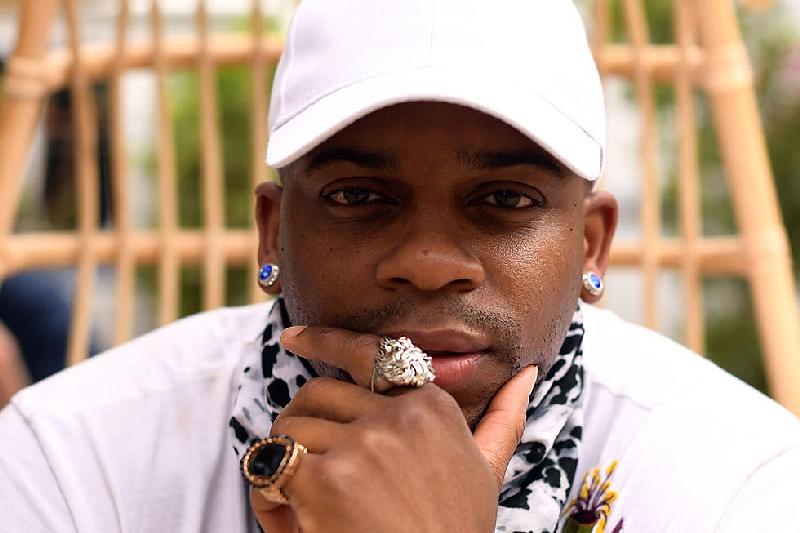*Back in early 2021, Americans stood in lines wrapped around the block, excited and waiting for the new COVID vaccine. They saw it as a possible cure to all the suffering and death caused by the virus, and so many were eager to get it, it was hard for doctors and pharmacies to keep up.
Fast forward to today. While 1.5 years doesn’t seem like a long stretch of time, COVID has brought numerous variants—some more contagious—as well as a second and third round of booster shots for some. For many who do not identify as high risk, the latest COVID bivalent vaccine booster, comes almost a year after receiving their first booster. Even reading this to yourself, it can sound confusing. And so the information has been received as confusing by the American people.
In the latest COVID-19 Vaccine Monitor survey, conducted by the KFF (Kaiser Family Foundation), results show that awareness regarding the updated boosters is only “relatively modest.” Half of adults surveyed say they’ve heard “a lot” (17%) or “some” (33%) about the newest booster, while 31% said they have heard “a little.” And only one in five say they have heard “nothing at all” about the new booster doses.
And regardless of even hearing any information about the new doses, KFF says four in ten fully vaccinated adults say “they are not sure if the CDC has recommended that people like them get the bivalent booster.” This confusion is leading to a slower drive to receive an updated shot, and at a pressing time for public health, when winter viruses, longer time indoors and family gatherings increase.
OTHER NEWS ON EURWEB: Janet Jackson and Her Niece Paris Jackson Reunite for Fashion Week | Photos
The COVID Booster Communications Challenge
Once again, the public health communications calvary needs to step in and take charge of the information situation. Gil Bashe, chair, global health and purpose, Finn Partners, says the root core of the inoculation problem does not lie within society’s ability to accept medical innovations, but about the instability to communicate those innovations well.
“The challenge of communications has shown us that [our] profession is core to public health,” Bashe says. He goes on to pinpoint three areas where the Center for Disease Control communication staff needs to focus:
- Build a collaborative communication system between the CDC and health spokespeople.
- Keep it simple. People like steps. Avoid jargon and create clear definitions.
- Be a newsroom for the public. CDC needs to have its information available, omni-channel.
The Battle of Too Much COVID Information
The current cause of misinformation in the public health sphere comes from too many delivery channels, too many spokespeople, and too many opinions instead of solid factual evidence being delivered through one trusted source.
“Every single medical school is tapped [for spokespeople], Bashe says. “[Athletes] are suddenly self-appointed public health experts. Movie stars and elected officials. who have no medical background, [deliver health information]. People of influence are using that influence at times to speak their opinion, not necessarily science. And so all that adds up in the swirl of information, with the public saying, I don’t know what to believe. I don’t know who to believe.”
Bashe says one way to get this under control is for the CDC to create its own newswire—creating a group list of medical experts and spokespeople from virtual conferences, mailing lists, distribution lists to brief first with important facts. Go directly to the sources before they can embellish on their own.
“The CDC has relied way too much on speaking through established news channels,” he says. “It’s very easy to put [stakeholders] on a group share and provide them with CDC-related talk points and information and ask for their input of what’s working, what isn’t clear, and how to improve [the messaging].”
An Emotional Messaging Appeal
Loren Riegelhaupt, principal and president of New York public affairs, healthcare, SKDK, says messaging strategy needs to evolve from a full crisis response to a more nuanced strategy so people pay attention.
“The message can’t be ‘the pandemic isn’t over – you must act now’ because people generally don’t want to hear it, [and are mentally exhausted by COVID],” Riegelhaupt says. He says appealing to people on a personal level can provoke action.
“People can still be moved to action by what impacts them and their loved ones the most,” he says. “Tell them why it matters to them personally, why action is the only recourse for their own protection and the ease with which they can obtain some protection.”
Riegelhaupt also notes that sometimes it just takes people adjusting to a new routine when it comes to healthcare, and that may mean pairing COVID booster messaging with the annual flu shot.
“The alignment and association with the annual flu shot is still the most persuasive and easiest understood, we just need time to adapt to the idea of getting two shots instead of one.”
source: PRNewsonline
We Publish News 24/7. Don’t Miss A Story. Click HERE to SUBSCRIBE to Our Newsletter Now!





